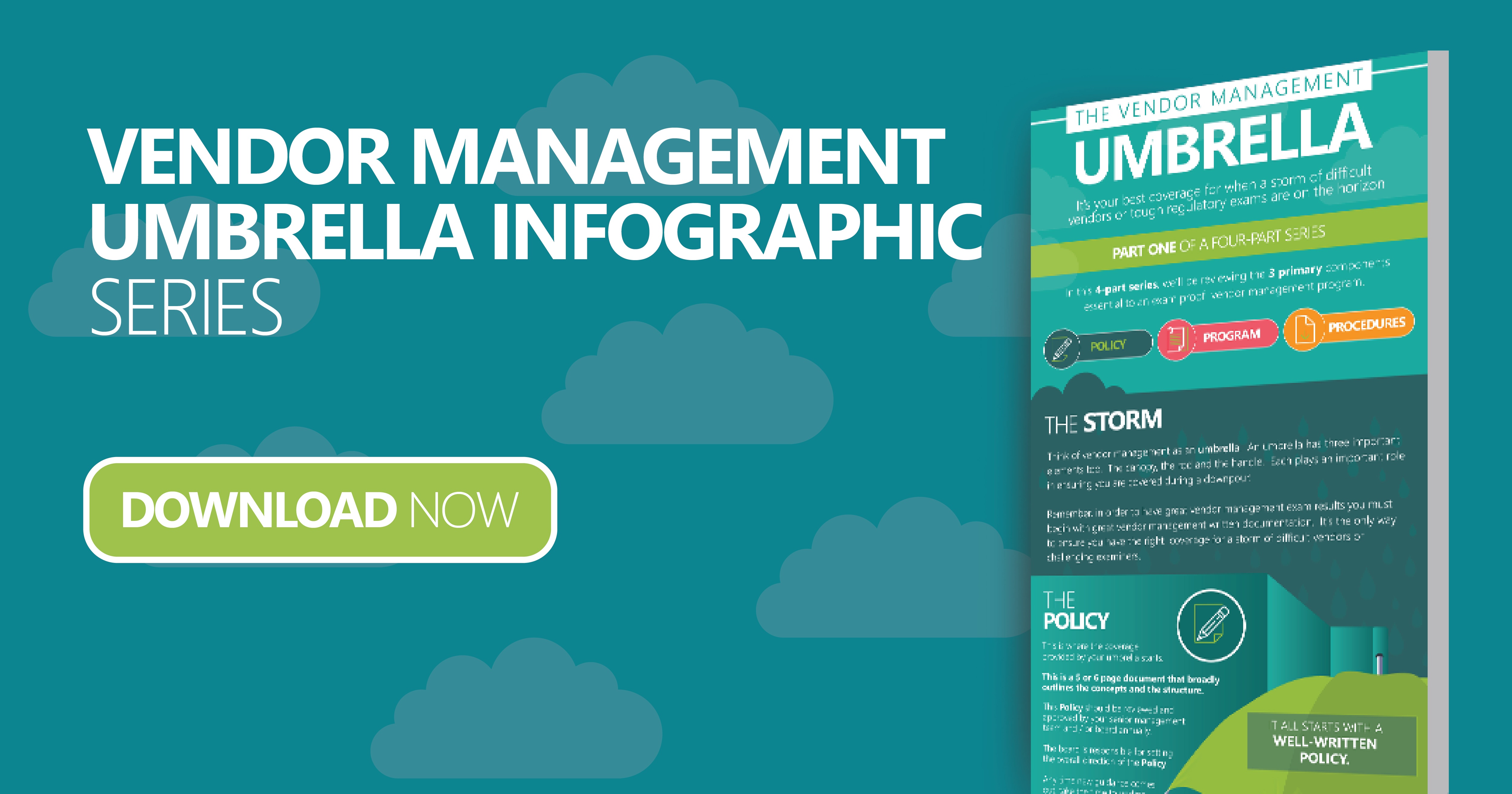I was asked at a speaking engagement what I felt was the most difficult part of third-party risk management. My answer, quite cumbrous, was “all of it”.
What Does “All of It” Mean?
I know, that’s not an easy answer to take in. So, let me explain. What I meant was that it is extraordinarily difficult to ensure that each area of third party risk management is getting its proper attention. So often it is easy to get caught up in one facet of the overall third party risk practices at the expense of the others.
Here are a few of the most difficult situations that I've seen in my third-party risk management tenure:
- Having a program that doesn't accurately reflect your work product. Many instances where great care went into the documentation of the program only to find that the actual work product doesn’t match what was described. I’m personally guilty of that in one of my prior institutions, so I speak from painful experience.
- Conducting modest due diligence and risk assessments, rather than extensive. Focus of effort on getting the due diligence and risk assessment complete to the point where there is this huge sense of relief when you feel like everything’s done, only to lose sight of things that you identified in due diligence that needed to be addressed in the contract, but simply got lost in the shuffle.
- Overlooking and not placing enough emphasis on ongoing monitoring post contract. The commitment to ongoing monitoring is often overlooked once the contract is in place. Often, we spend an extensive amount of time reviewing the vendor during the RFP phase, but the review and monitoring should not stop there, as it’s a continuous cycle.
What Are the Next Steps to Get Over the Difficult Part?
How do you prevent these errors? Well, it requires:
- Terrific organization skills. Tracking key dates and preparing early for upcoming audits are just a couple of ways to remain organized.
- Willingness to hold yourself and your team accountable. Be sure you and your colleagues are following through with tasks in a timely manner. Don’t be afraid to send a friendly reminder to someone who may need the extra nudge.
- Regular reporting. Frequently run reports that provide insight into upcoming contract renewals, expiring vendor assessments and needed due diligence reviews to stay as informed as possible.
- Seeking out advice from others. Chances are the people you’re surrounded by have slightly differing third-party risk management backgrounds and may have a strong expertise in one area of risk. Their advice could help streamline the overall process.
- Listening to constructive criticism. All in all, this will lead to a more mature third-party risk management program.
- Reacting to audit recommendations. Don’t let the audit recommendations get swept under the rug. Review and implement the suggestions as deemed appropriate.
This will get you to a fully functioning program that is sustainable. The world of third-party risk is not easy but if done well, it can provide a real strategic benefit to your organization. Download our infographic to ensure that your foundation is solid.



















